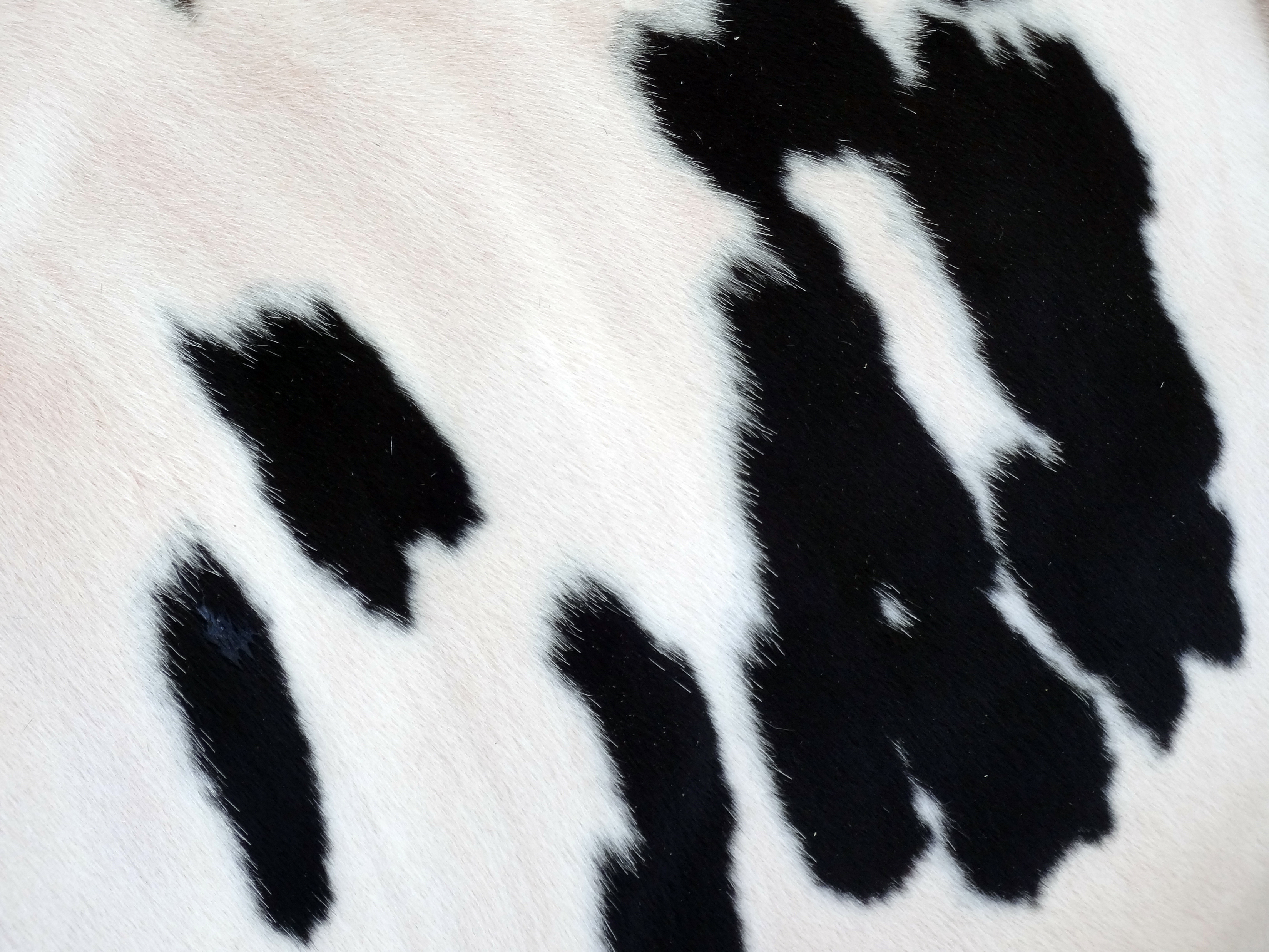Abstract
The objective of this study was to evaluate the effect of two sources of rumen-protected choline (RPC) supplemented from 21 d pre- to 35 d postpartum. Twenty-four multiparous Holstein dairy cows (248 ± 4.9 days carrying calf, 3.6 ± 2 parity, 2.7 ± 0.3 BCS) were enrolled in a completely randomized design. A corn-silage-based total mixed ration (TMR) was formulated to provide 2.38 (pre-) and 2.19 (postpartum) Met of % MP. Cows were assigned to 1 of 3 groups (n = 8/group): unsupplemented TMR (CTR), TMR supplemented with 60 g/d of RPC (RPC1; lipid microencapsulated choline chloride 25%; Ruprocol®, Vetagro S.p.A., Italy) and TMR supplemented with 25 g/d of RPC (RPC2; lipid-encapsulated CC 60%; Reashure® XC, Balchem Corp., USA). Both supplements were applied once per day as top-dress on TMR and equally provided 15 g/d of CC. Cows were fed once and milked twice daily. Milk yield, milk components, and postpartum dry matter intake (DMI) and body weight (BW) were recorded daily. Data were analyzed under a mixed model with the random effect of cow and the fixed effects of parity and days in milk (DIM), treatment and their interaction. Due to a significant interaction treatment × DIM (P < 0.05) in all dependent variables, data were analyzed separately in 3 time periods: 0 to 10 (1), 11 to 21 (2) and 22 to 35 (3) DIM. No clinical health disorders were recorded. No differences were detected for DMI, BW and milk protein between treatments. RPC1 increased yields of energy-corrected milk (ECM) and 3.5% fat-corrected milk (FCM) compared to RPC2 and CTR during period 1 (P < 0.10) and period 2 (P = 0.05). This is probably explained because milk fat yield was higher for RPC1 relative to the other groups, mainly in period 2 (P = 0.04). Although milk fat yield tended to be higher in period 3 (P = 0.12) for RPC1, no differences were detected regarding ECM and FCM. RPC1 also tended to increase milk yield (P = 0.07) and milk efficiency (P = 0.11) in period 2 compared to CTR and RPC2. These preliminary results would suggest a greater RPC effect on lactation performance within the first 21 days postpartum, with a more pronounced response for RPC1.For more information: marketing@vetagro.com









